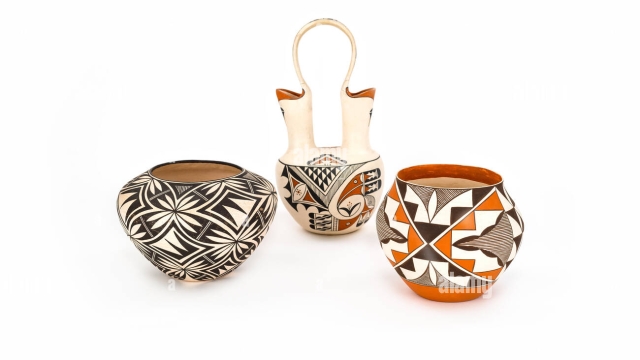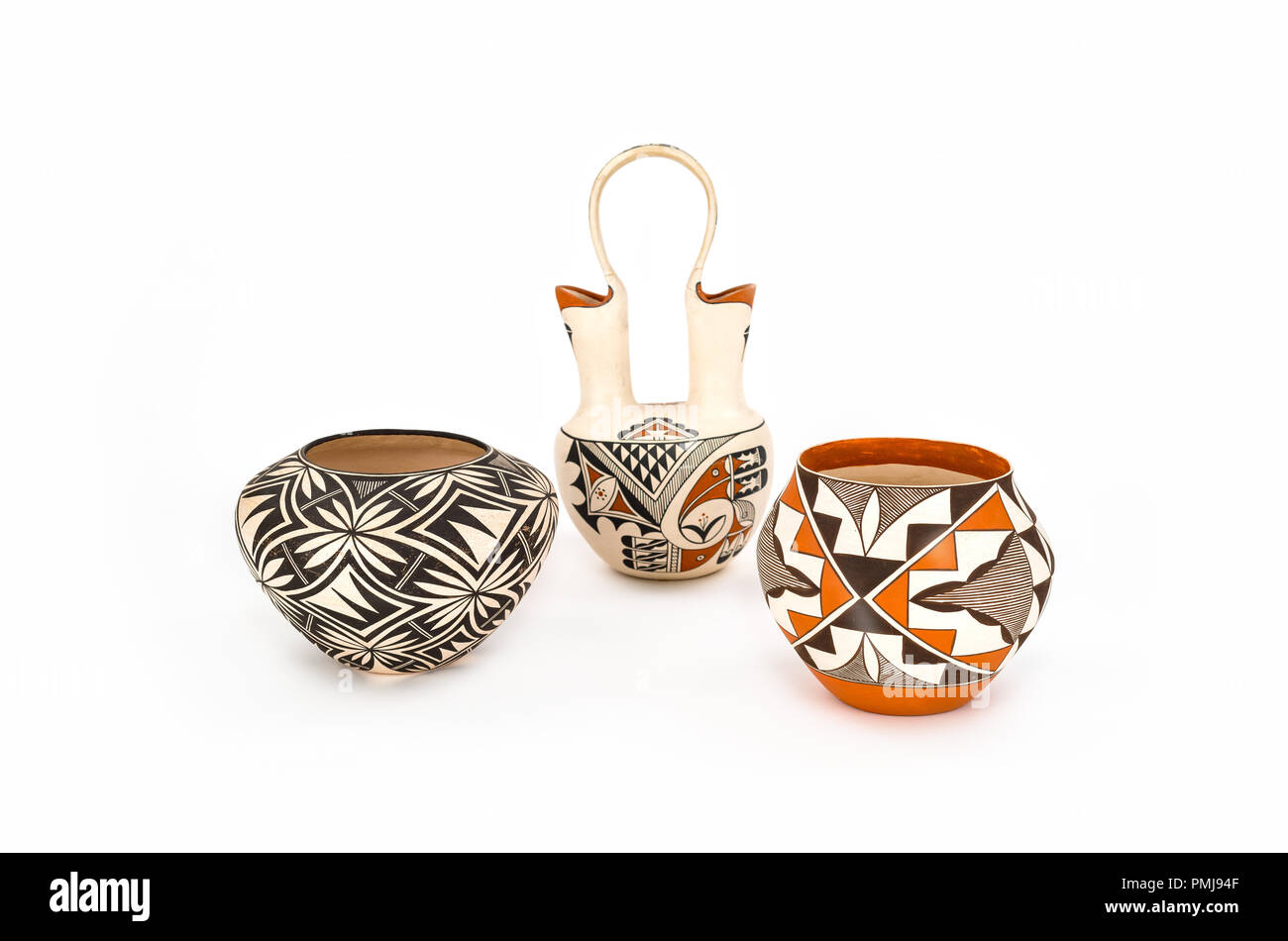
From Clay to Creation: The Art of Pottery Transformations

Pottery, an art form that dates back thousands of years, has long been a medium for creativity and expression. From the first hand-formed vessels to the intricate glazed pieces of today, the transformation of clay into functional and decorative objects captivates artisans and collectors alike. Each piece tells a story, embodying the skill and imagination of the potter who crafted it. This timeless craft not only serves practical purposes but also enhances our living spaces with beauty and character.
At the forefront of this artistic journey is Amitābha Studio, renowned for its commitment to creating unique, one-of-a-kind lamps. With a specialization in antique and vintage Delft and other Dutch and Belgian pottery, the studio breathes new life into these exquisite materials. Through careful selection and innovative design, Amitābha Studio showcases the delicate craftsmanship of the past while illuminating modern interiors, proving that the evolution of pottery continues to inspire and delight enthusiasts around the world.
The History of Delft Pottery
Delft pottery, also known as Delftware, originated in the Netherlands in the 16th century. It was inspired by the blue-and-white porcelain imported from China, which became highly sought after in Europe. Local potters in Delft began to experiment with their own techniques, combining traditional earthenware with cobalt blue glazes to create a distinctive style. The production of Delft pottery flourished, becoming a symbol of Dutch artistic achievement and an integral part of the region’s cultural heritage.
Vintage Lamps
By the 17th century, Delft pottery gained international popularity, especially during the Dutch Golden Age when the Netherlands was a major maritime power. Local artisans began producing a wide array of decorative items, including plates, tiles, and vases, often adorned with intricate hand-painted designs. The use of cobalt blue and white colors became a hallmark of Delftware, reflecting both the style and craftsmanship of the period. Many pieces depicted thematic elements such as landscapes, floral patterns, and historical or biblical scenes, captivating collectors both at home and abroad.
Despite facing competition from other European pottery regions, Delft continued to adapt and innovate throughout the centuries. In the 18th and 19th centuries, production techniques evolved, and the styles expanded to include neoclassical and romantic influences. Today, Delft pottery remains an enduring symbol of Dutch artistry, with contemporary artisans, like those at Amitābha Studio, creating unique lamps from antique and vintage Delft pieces, celebrating the rich legacy of this beloved pottery tradition.
The Art of Transforming Pottery
Transforming pottery involves a delicate balance of creativity and craftsmanship, where the artist reimagines existing forms into functional art. At Amitābha Studio, this process is taken to new heights with the use of antique and vintage Delft pottery. The rich history and unique patterns of these pieces serve as a foundation for innovation, allowing artists to breathe new life into the fragments of the past. Each lamp created at the studio is a testament to the skilled hands that shape these materials into something both beautiful and practical.
The transformation process is not only about aesthetics; it is also about sustainability. By repurposing vintage pottery, Amitābha Studio champions the idea of reducing waste and celebrating the inherent stories contained within each piece. This approach resonates with those who appreciate the beauty of history and wish to incorporate it into their modern lives. Each lamp stands as a bridge between eras, connecting the artistry of yesteryear with contemporary design sensibilities.
As artists engage in the transformation of pottery, they invite viewers to see beyond the original function of the items. The fusion of utility and art in the lamps crafted from Dutch and Belgian pottery exemplifies how everyday objects can evolve into statements of style. Through this lens, pottery becomes more than mere decoration; it transforms into a source of inspiration, evoking emotions and memories while brightening our living spaces.
Design Inspirations at Amitābha Studio
At Amitābha Studio, the design inspirations draw deeply from the rich history of Delft pottery, renowned for its intricate blue and white designs that capture the essence of Dutch culture. Each lamp created at the studio reflects a commitment to preserving these timeless patterns while integrating modern elements that breathe new life into classic forms. The juxtaposition of age-old aesthetics with contemporary design narratives ensures that every piece is not only functional but also a work of art.
The artisans at Amitābha Studio also find inspiration in the stories behind each antique and vintage piece they source. The imperfections and unique characteristics of these potteries, such as chips or faded glazes, are celebrated as they add to the narrative of the lamp’s heritage. By honoring these flaws, the studio crafts lamps that are one-of-a-kind, celebrating the beauty of history while providing a distinctive touch to modern interiors.
Nature and the surrounding environment play a significant role in the design philosophy at Amitābha Studio. Elements from the natural world infuse their creations, with organic shapes and colors reminiscent of landscapes and floral patterns. This connection to nature not only enhances the aesthetic appeal of the lamps but also creates a sense of harmony and tranquility in any living space, inviting warmth and sustainability into the home.
Sustainability in Craftsmanship
Sustainability in craftsmanship is a vital consideration in the world of pottery, where the balance between tradition and modern environmental responsibility is becoming increasingly significant. Potters are now more aware than ever of the materials they choose and the impact their craft has on the planet. This awareness prompts them to seek out eco-friendly practices, such as using sustainable clays and glazes that minimize harm to the environment. By prioritizing environmentally friendly materials and practices, artisans can craft beautiful pieces that respect nature and the resources they use.
Amitābha Studio exemplifies a commitment to sustainability with their unique lamps made from antique and vintage Delft and other Dutch and Belgian pottery. By repurposing these historical pieces, they breathe new life into the past while reducing waste and the need for new materials. This practice not only preserves cultural heritage but also aligns with sustainable ideals, showcasing how creativity can play a role in environmental conservation. Each lamp tells a story, connecting artisans with the history embedded in every piece of pottery.
Moreover, the shift towards sustainability encourages consumers to appreciate craftsmanship that values quality over quantity. When individuals choose unique, handcrafted items like those from Amitābha Studio, they are investing in one-of-a-kind creations that have a lasting impact. This shift in consumer behavior fosters a market that prioritizes sustainability as a key element of craftsmanship, empowering artisans to continue their work while contributing to a healthier planet. Through such transformations, the art of pottery evolves, highlighting the importance of sustainable practices in creating timeless pieces.
Finding Your Unique Lamp
When it comes to selecting a lamp that truly complements your space, the unique pieces from Amitābha Studio stand out. Each lamp tells a story, crafted from antique and vintage Delft and other Dutch and Belgian pottery. This history adds a layer of charm and character, making your choice not just about illumination but also about artistry and heritage.
As you explore your options, consider how each lamp’s design and color can enhance your decor. Whether you prefer the classic blue and white patterns of Delft pottery or the rich hues found in Belgian ceramics, there is a piece that will resonate with your style. Think about where you plan to place the lamp and how it interacts with other elements in the room to create a cohesive atmosphere.
Ultimately, finding the right lamp is about discovering a piece that feels personal and speaks to you. With the unique offerings at Amitābha Studio, you can be confident that your selection is one-of-a-kind, allowing you to bring home an exceptional work of art that not only brightens your space but also elevates your overall aesthetic.



